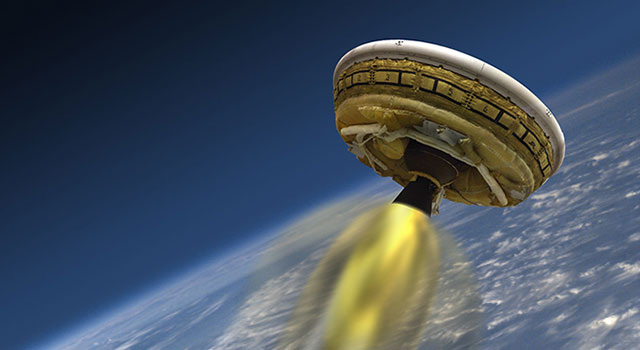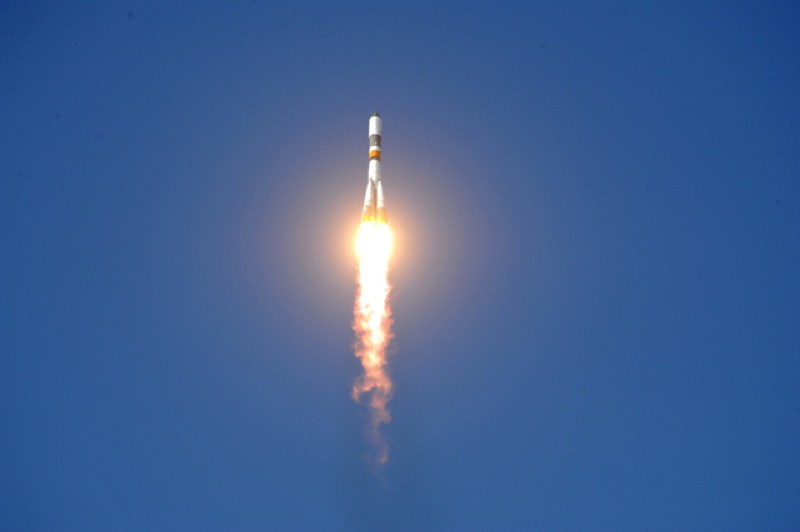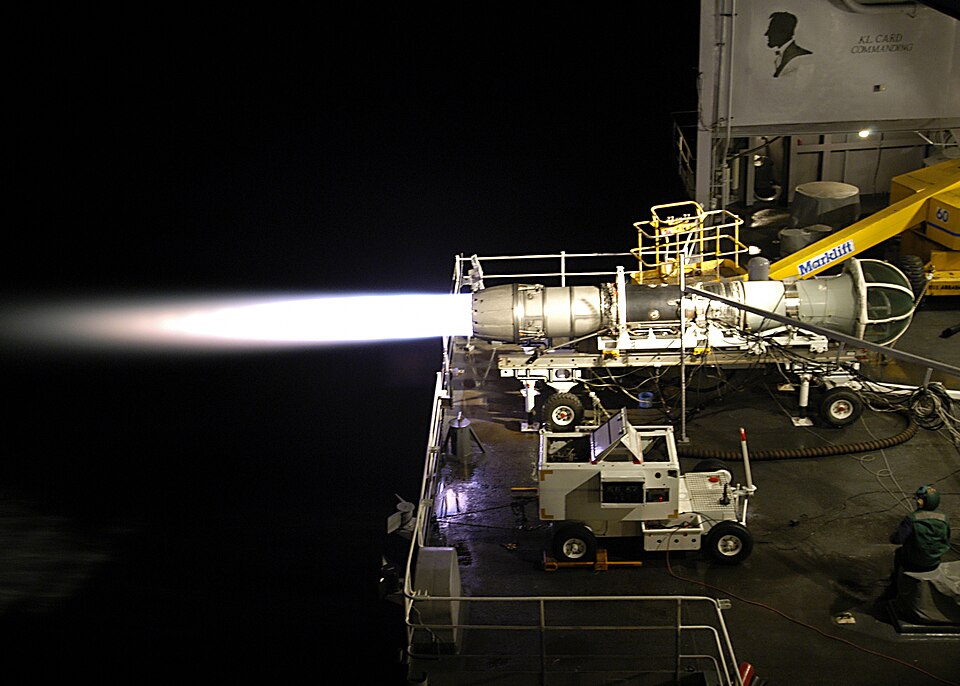
An artist's concept of the test vehicle for NASA's Low-Density Supersonic Decelerator (LDSD), designed to test landing technologies for future Mars missions. NASA/JPL-Caltech image
HONOLULU (AP): A parachute failed during a NASA test of new technology for landing larger spacecraft -- and eventually astronauts -- on Mars, the agency has said.
The parachute deployed but failed to inflate, Kimberly Newton, a spokeswoman for NASA, said in an email on Monday.
The agency plans to provide more details during a news conference on Wednesday, she said. The parachute appeared to disintegrate in a video of the test.
The test off the Hawaiian island of Kauai was investigating technology designed to slow down a large landing vehicle falling through the atmosphere at supersonic speeds.
Another giant parachute also failed to inflate during a similar NASA test of new Mars spacecraft technology last year.
One of the main goals this year was to test the redesigned parachute.
The descent started 55 kilometres above the Earth's surface, where the environment is similar to Mars' thin atmosphere.
The agency first tested a doughnut-shaped ring designed to inflate and slow down the flying saucer-shaped landing vehicle. The giant parachute was then expected to slow the descent further.
The technology being tested won't be used on missions anytime soon. NASA may decide not to use the technology if it fails the test.
NASA has said it wants to send astronauts to Mars in the 2030s.
The supersonic parachute is 30 metres in diameter, about twice as big as the one that carried the Curiosity rover to Mars in 2012.
It's so big it won't fit in the wind tunnels NASA typically uses to test parachutes.
The agency has been using the same basic parachute design to slow vehicles upon approaching Mars since twin Viking landers touched down on the planet in 1976.
For the test, a giant balloon carried the landing vehicle 37 kilometres into the atmosphere. From there, a booster rocket lifted it to 55 kilometres where the descent began.
Monday's flight test was the second of three NASA plans for the project.
 Previous Article
Previous Article Next Article
Next Article













The Indian Air Force, in its flight trials evaluation report submitted before the Defence Ministry l..
view articleAn insight into the Medium Multi-Role Combat Aircraft competition...
view articleSky enthusiasts can now spot the International Space Station (ISS) commanded by Indian-American astr..
view article